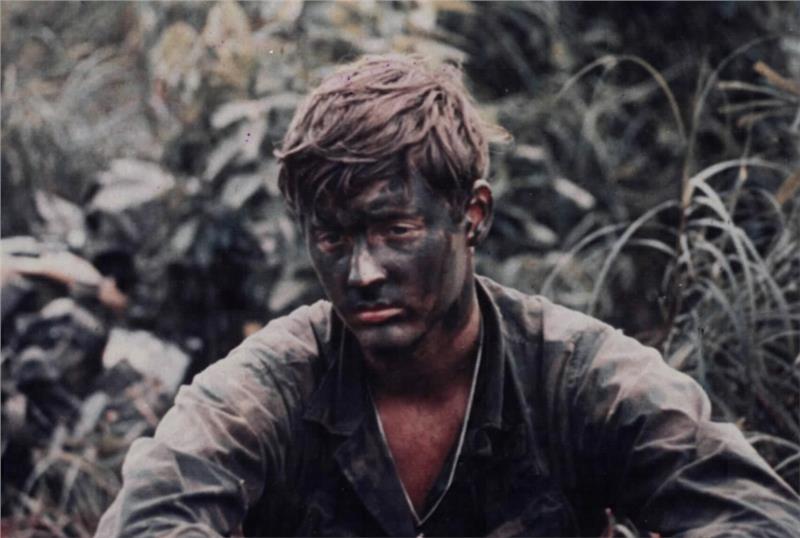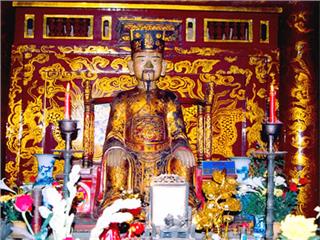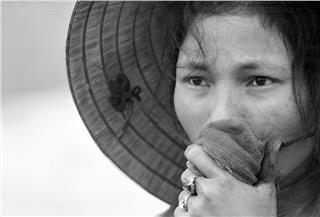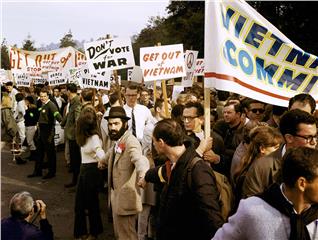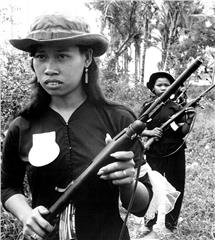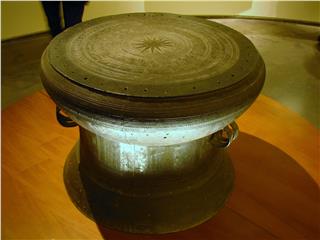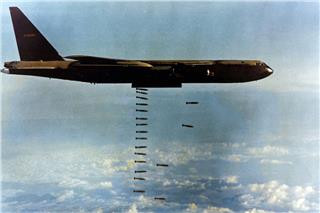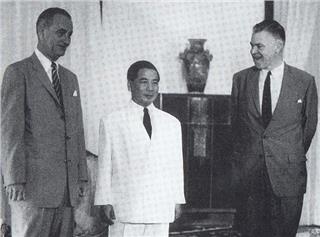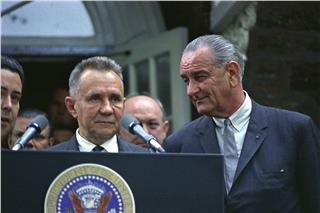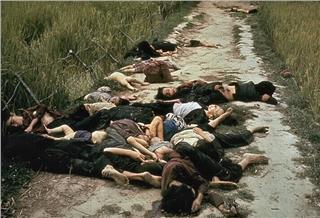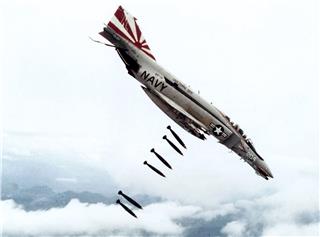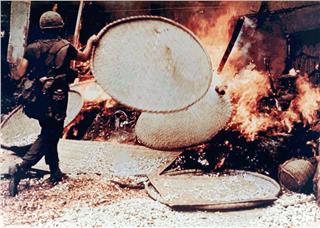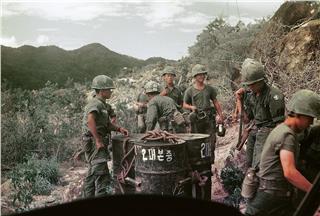The period from 1973 to 1975 marked the end of Vietnam War with the withdrawal of the U.S exploratory armed forces and the cutting aid of the United States for South Vietnam. The Republic of Vietnam lost its back, and was defeated on April 30, 1975.
Paris Peace Accords led to end of Vietnam War, the South Vietnamese President, Nguyen Van Thieu advocated to cover all the territory with flag of the Republic of Vietnam to confirm the land and the people. In the years from 1973 to February 1975, it was the time to prepare the opposing sides in the fight to come. Only in the first 1 or 2 months, there was the illusion of peace: the soldiers of two sides were allowed to contact each other. However, after that, the two sides repeatedly condemned each other to violate the accords and invade the territory of each other at all levels. The armed force of the Republic of Vietnam was not be capable of fighting, and the National Liberation Front forces did not have intention to fight at that time.
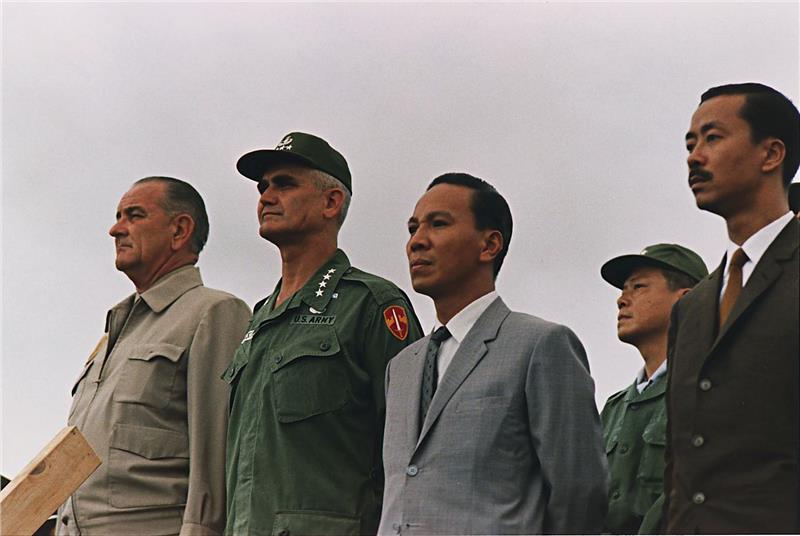
During this period, in 1974 China attacked and occupied Hoang Sa Peninsula (Paracel Peninsula), which astonished the Republic of Vietnam and the Democratic Republic of Vietnam. This made the relation between the Democratic Republic of Vietnam and China worsened, and caused the suspicion between the Republic of Vietnam and the United States that would not protect them anymore. After that in the same year, there were several small battle broke out between the Vietnam People’s Army and the armed forces of the Republic of Vietnam. These battles were regarded as arguments contributing to the victory of the Spring Offensive 1975. The last offensive of the armed forces of the South Liberation took place within 55 days and nights, starting on March 5 to April 30, 1975 when President of South Vietnam, Duong Van Minh surrendered unconditionally. It is also known as the General offensive and uprising in spring 1975. Advising Agency of the Democratic Republic of Vietnam planned to carry the offensive which was classified into one-after-another campaigns, including Central Highlands Campaign, Hue-Da Nang Liberation Campaign and Ho Chi Minh Campaign.
Fall of Saigon
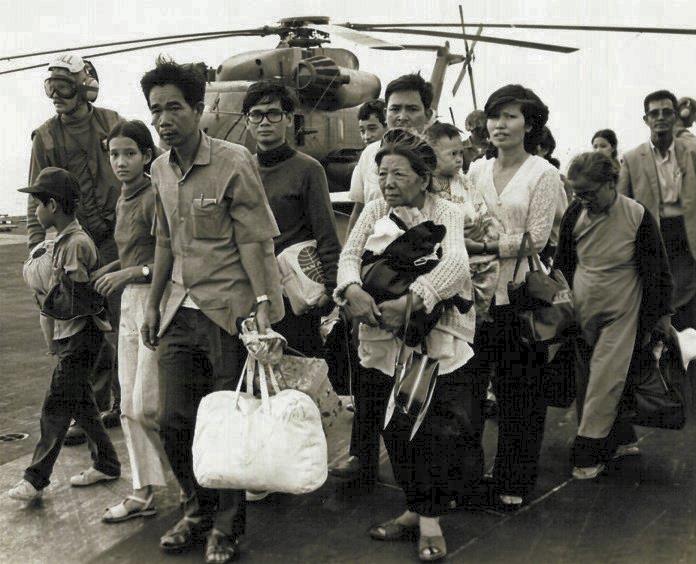
After preparing well arms, the Vietnam People’s Army attacked Saigon and ended Vietnam War completely by implementing Ho Chi Minh Campaign, starting from April 26, 1975. The Vietnam People’s Army organized into four corps attacking from five directions to Saigon. The armed force of the Republic of Vietnam, at that time, had over 400 thousand soldiers, but they could not hold a long-lasting resistance. At the end of April 28, the Vietnam People’s Army reached Saigon and went straight to the city center. However, to avoid getting trouble when the American evacuated, they stopped in the outskirt of the city for one day. At 8 a.m., on April 30, 1975, Duong Van Minh president declared that Saigon was left open, and requested to stop fighting and wait for handing the government. The General Advisory Agency ordered to stop resisting. The Vietnam People’s Army entered the city center quickly and just met small and unorganized resistances. At 11:30, a tank of the 324th Division crashed through the gate of the Independence Palace, and the flag of Viet Cong was raised above the building. Duong Van Minh declared to surrender unconditionally. Vietnam War ended. The fall of Saigon to end the Vietnam War took place quite harmonically, less bloodshed, and remained the city integrity. Militarily and politically speaking, the action of Duong Van Minh at that time was a right decision.
